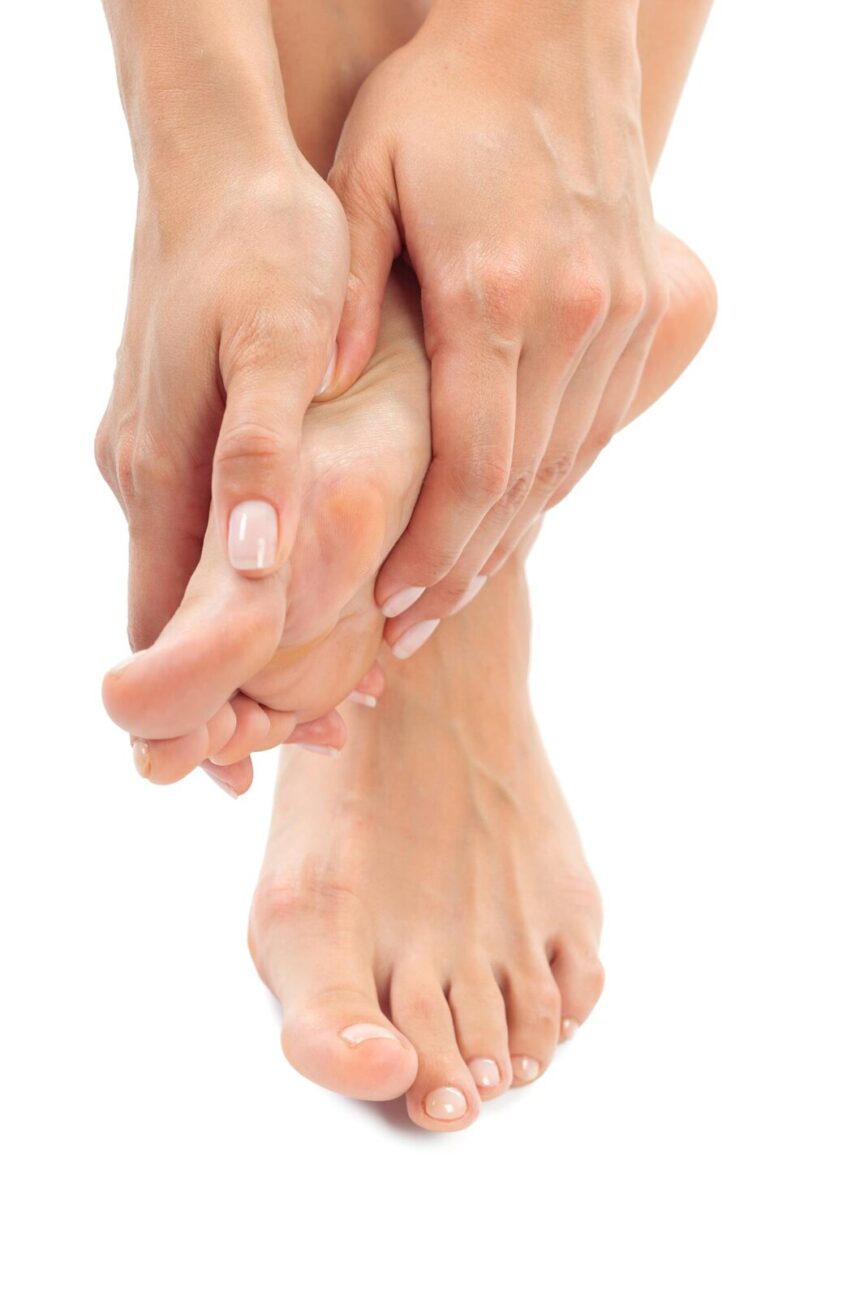A bunion, also known as hallux valgus, is a bony bump that forms at the base of the big toe, causing the toe to deviate towards the other toes. This can lead to discomfort, pain, and difficulty wearing certain types of footwear. Bunions are a common foot deformity that affects people of all ages, though they are more prevalent in women.
Symptoms of Bunions
Bunions can present a variety of symptoms, including:
- Visible Bump: A noticeable bulge on the outside of the base of your big toe.
- Swelling and Redness: The skin over the bunion may be red, swollen, and tender to touch.
- Pain and Soreness: Pain around the big toe joint that can be persistent or intermittent.
- Restricted Movement: Reduced ability to move the big toe.
- Corns and Calluses: Thickened skin may develop where the toes overlap.
- Altered Foot Shape: The overall shape of the foot may change, leading to discomfort when wearing shoes.
Causes of Bunions
Several factors contribute to the development of bunions:
- Genetics: Heredity plays a significant role; if bunions run in your family, you’re more likely to develop them.
- Foot Structure: Inherited foot types, such as flat feet, low arches, or overly flexible joints, can predispose individuals to bunions.
- Footwear: Wearing tight, narrow, or high-heeled shoes that squeeze the toes together can exacerbate the formation of bunions.
- Medical Conditions: Conditions like arthritis, particularly rheumatoid arthritis, can increase the risk of bunion development.
- Injuries: Foot injuries that affect the big toe joint may contribute to bunion formation.
Treatments for Bunions
Treatment for bunions aims to relieve symptoms and, in some cases, correct the deformity. Here are some common treatment options:
Non-Surgical Treatments
- Footwear Modifications: Choose shoes with a wide toe box and good arch support to reduce pressure on the bunion.
- Padding and Taping: Protective pads can cushion the bunion and alleviate pain. Taping can help maintain normal foot alignment.
- Orthotic Devices: Custom orthotic inserts can help redistribute pressure away from the bunion and provide better foot support.
- Medications: Over-the-counter pain relievers like ibuprofen or acetaminophen can reduce pain and inflammation.
- Ice and Elevation: Applying ice and elevating the foot can help reduce swelling and pain.
- Physical Therapy: Stretching and strengthening exercises can improve foot mechanics and reduce discomfort.
Surgical Treatments
When conservative treatments fail to provide relief, surgery may be considered. Surgical options include:
- Bunionectomy: Removal of the swollen tissue around the big toe joint and realignment of the toe.
- Osteotomy: The bone is cut and realigned to correct the toe position.
- Arthrodesis: The damaged joint surfaces are removed, and the bones are fused together.
- Exostectomy: Removal of the bony bump on the big toe joint without realignment.
- Lapidus Procedure: Fusion of the first metatarsal bone to the medial cuneiform bone to correct the deformity.
Preventing Bunions
While not all bunions can be prevented, certain measures can reduce your risk:
- Wear Proper Footwear: Select shoes that fit well, offer adequate space for your toes, and provide good support.
- Maintain a Healthy Weight: Excess weight can put additional stress on your feet, contributing to the development of bunions.
- Exercise Regularly: Engage in activities that strengthen your feet and improve flexibility.
- Monitor Foot Health: Pay attention to any changes in your feet and seek medical advice if you notice the early signs of a bunion.
Bunions are a common foot problem that can cause significant discomfort and affect your quality of life. Understanding the symptoms, causes, and available treatments can help you manage and alleviate bunion-related issues. If you experience persistent pain or difficulty with your foot, consulting a healthcare professional is essential for appropriate diagnosis and treatment planning. By taking proactive steps, you can help prevent or minimize the impact of bunions on your daily activities.










